Regenerative Gardening, No-Till Winter Cover Crop Strategies
UnderstandingAg
OCTOBER 29, 2023
Identifying Opportunities and Planning Successful cover cropping starts with a strong crop plan and requires additional planning around cash-crop termination and no-till seeding methods. Below are some alternative strategies for seeding no-till cover crops at garden scale. tomatoes, corn, pumpkins, or peas).

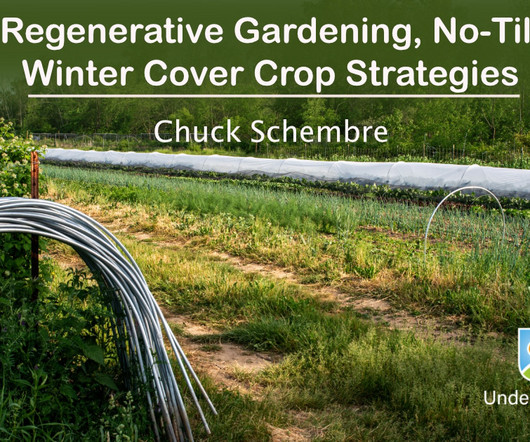

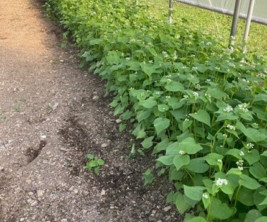
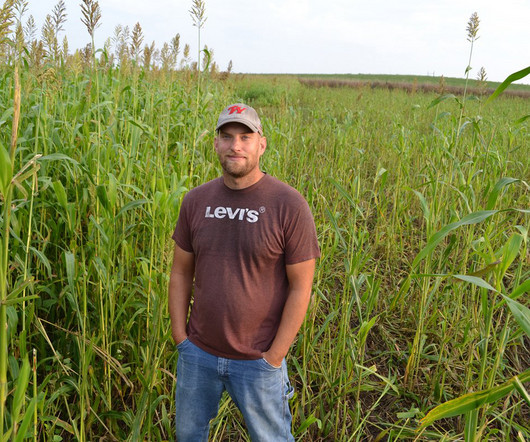


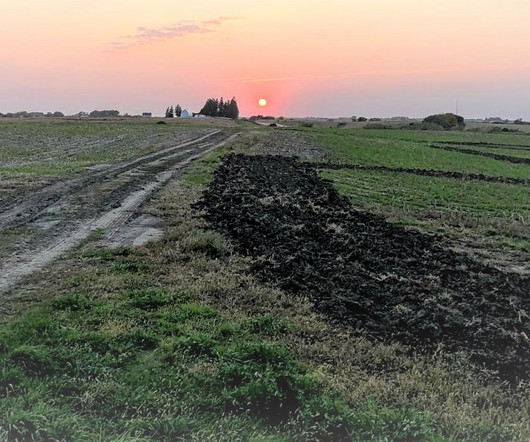


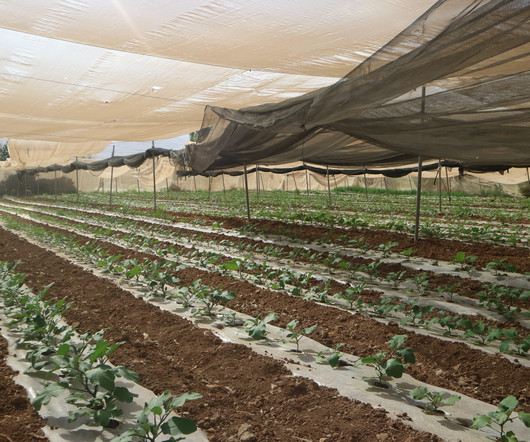
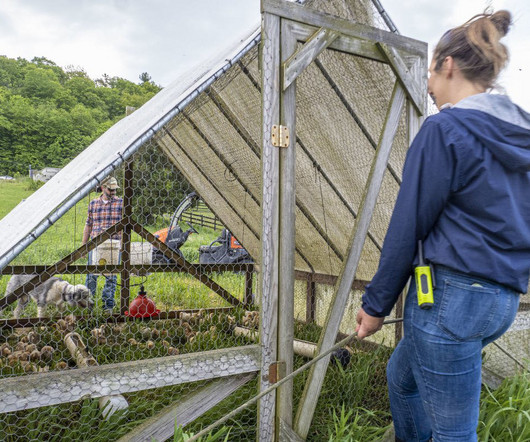







Let's personalize your content